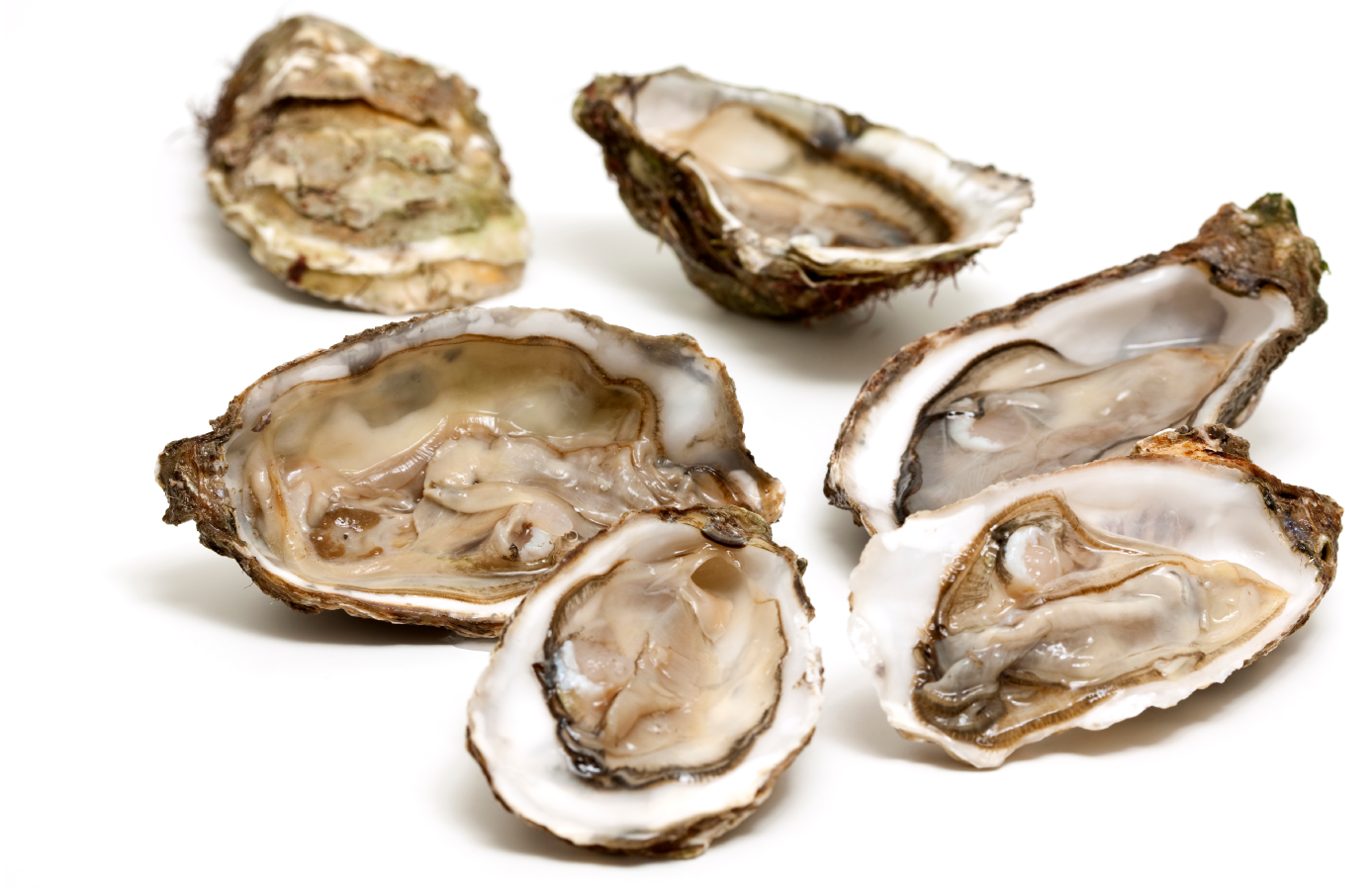We recently posted about the dire conditions of Texas and Gulf Coast oyster beds that have been devastated by floods, droughts, and hurricanes. In contrast, here is good news about oyster bed restoration in the Chesapeake Bay.
The Virginia Mercury reports that Virginia’s Piankatank River, with more than 438 acres of restored oyster reef, is home to what Nature Conservancy Virginia Chesapeake Bay Program Director Andy Lacatell says is “the largest completed oyster restoration project on the planet.”
“Water quality and fish is really what it boils down to,” said Lacatell. “Oysters improve water quality, and they provide habitat for fish and crabs and other critters that are both recreationally and commercially important.”
Given the species’ importance, the 2014 Chesapeake Bay Watershed Agreement, signed by six watershed states, Washington, D.C., the U.S. Environmental Protection Agency and the Chesapeake Bay Commission, called for the restoration of native oyster habitat and populations in 10 bay tributaries by 2025.
Of those, Virginia and Maryland each assumed responsibility for restoring half of the tributaries, with Virginia targeting the Great Wicomico, Piankatank, lower York, Lafayette and Lynnhaven rivers. Northam voluntarily added the Eastern Branch of the Elizabeth River to Virginia’s list last year, while the General Assembly approved the governor’s proposal to devote $10 million in capital spending under the state’s biennial budget to reef construction.
To date, four of the commonwealth’s six targeted tributaries have met their oyster restoration goals. Jackie Shannon, the Virginia oyster restoration manager for the Chesapeake Bay Foundation, said that permits and funding have been secured for the remaining two tributaries — the lower York and Lynnhaven — and that she expects work to be completed in time for the bay cleanup’s 2025 deadline.
The Piankatank, which a century and a half ago supported some 7,000 acres of oyster reef, is a particularly favorable environment for oysters. Known as a “trap estuary,” the river has a unique water circulation pattern that keeps nutrients and oyster larvae within the area where they are deposited, rather than sweeping them out into the bay. Furthermore, the channel sees less commercial oystering than many other Virginia rivers.
“There isn’t really any open public harvest areas in the Piankatank, which makes it sort of an ideal area for this large-scale restoration,” said Andrew Button, head of the Virginia Marine Resources Commission’s Conservation and Replenishment Department.
But while oysters were once abundant in the Piankatank, as in Virginia’s other rivers draining into the Chesapeake Bay, populations by the 1960s had been decimated by overharvesting, pollution and disease.
To date, four of the commonwealth’s six targeted tributaries have met their oyster restoration goals. Jackie Shannon, the Virginia oyster restoration manager for the Chesapeake Bay Foundation, said that permits and funding have been secured for the remaining two tributaries — the lower York and Lynnhaven — and that she expects work to be completed in time for the bay cleanup’s 2025 deadline.
Over the years, restoration work by not only VMRC, but also the Virginia Institute of Marine Science, Virginia Commonwealth University, U.S. Army Corps of Engineers, Chesapeake Bay Foundation, Nature Conservancy and others has built up an elaborate network of reefs throughout the river that range widely in extent, height and design.
More than a quarter of that infrastructure has been constructed by VMRC, which the governor’s office said set a record for the most oyster reef acres restored in a single year: 100 acres in 2021 alone. The corps is expected to add 50 acres in 2022.
Taken together, the oyster populations supported by the new reef acreage “have demonstrated the feasibility” of the state’s restoration efforts, said Shannon.
“2025 is around the corner,” she added. “This formula has seemed to work very well.”
Source: oldsaltblog.com

